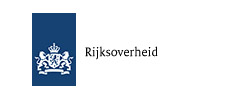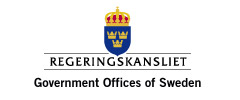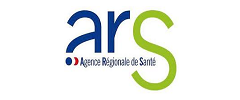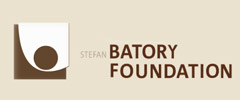Instrument for Pre accession Assistance "IPA"
New financial instrument EC for pre-accession countries South-Eastern Europe for rural development, human resource development, regional and cross-border cooperation and transition assistance.
13.09.2006 |Sascha Gabizon
Over time, the Union developed a broad spectrum of external aid programmes, which resulted in a complex set of more than 30 different legal instruments. The need to facilitate coherence and improve consistency of the Union’s action, and achieve better results and a higher impact with the resources available, led the Commission to propose a new architecture for external actions on 29 September 2004.
Of the proposed 6 external relations instruments that are due to apply in the period 2007-2013, one is the new instrument for pre-accession assistance, IPA . At the junction between external assistance and internal policies, the IPA intends to facilitate the entry into the Union of candidate countries (Turkey, Croatia) and potential candidate countries.
Objectives and scope of IPA
IPA will be an accession driven instrument, fulfilling all the requirements stemming from the accession process, notably in terms of priorities, monitoring and evaluation. IPA will replace the current pre accession instruments notably:
- Phare, the scope of which is support for the implementation of the acquis communautaire in the form of institution building and related investments, investments in economic and social cohesion and cross-border cooperation;
- ISPA, which is the precursor of the Cohesion Fund and deals with environment and transport infrastructure;
- SAPARD, the precursor of Rural Development plans, dealing with Common Agricultural Policy acquis and Rural development;
- Turkey pre-accession, with the same scope as Phare;
- CARDS, which covers the Western Balkans.
- Transition Assistance and Institution Building,
- Regional and Cross-Border Cooperation,
- Regional Development,
- Human Resources Development,
- Rural Development,the first two of which will apply to both potential candidate and candidate countries, the last three will apply to candidate countries.
Indeed, the new instrument also had to feature a real differentiation between the two groups of countries, in order to take account of the political decision which “promotes” a country from potential candidate to candidate status, and address the differences between potential candidates and candidates in terms of their administrative, programming and management capacity.
Assistance under the IPA
In terms of support, assistance to potential candidate countries under the IPA will concentrate on institution building, in particular to strengthen the Copenhagen political criteria, enhance administrative and judicial capacity and encourage some alignment with the acquis communautaire. The IPA regulation also foresees investments to promote economic and social development and measures of a similar nature to those open to candidate countries under the last three IPA components, as well as other transition measures. Potential candidates will also be able to use institution building to build capacities and ensure the correct programming and management structures are in place to start their preparation for managing the Structural Funds once they become candidate countries.
For candidate countries, the five components will apply, the last three of which aim at preparing them to manage EU Funds after accession. The institution building effort will focus on full alignment with the acquis.
For both groups of countries, this will be complemented by improved regional and cross-border co-operation.
Perspectives
Since the proposal for a Council Regulation establishing IPA was adopted by the Commission on 29 September 2004, the draft regulation has been actively discussed in Council and Parliament. Following the compromised on the 2007–13 Financial Perspective reached at the European Council of 17 December 2005, the Austrian Presidency wishes now to move the negotiations forward, so as to adopt the IPA regulation as soon as possible. The Parliamentary Committee responsible for examining the IPA (the Committee on Foreign Affairs) is expected to adopt its report in March 2006.
As soon as it is adopted, the IPA framework regulation will be complemented by an implementing regulation to set more detailed procedures for programming and management.

































